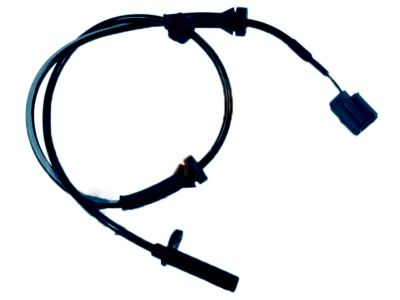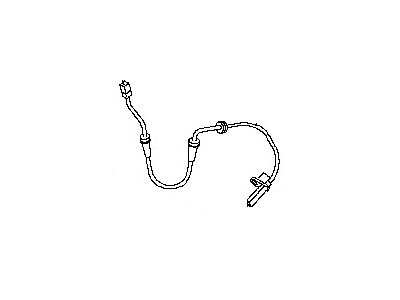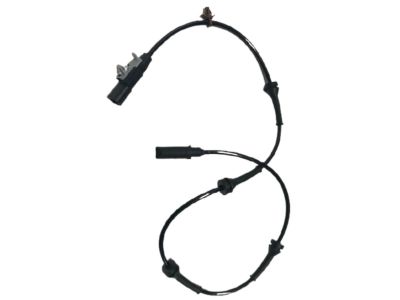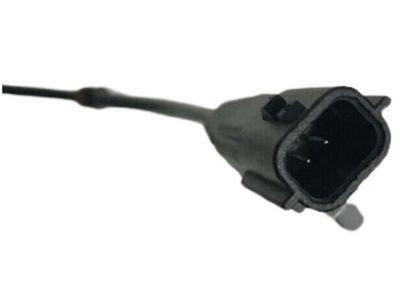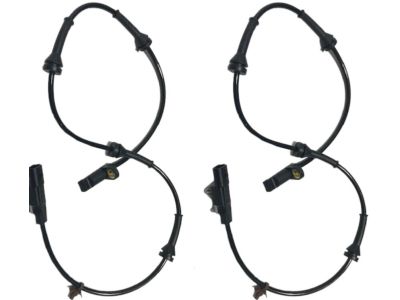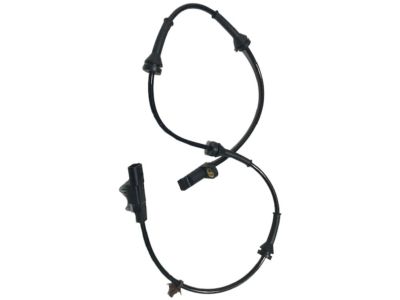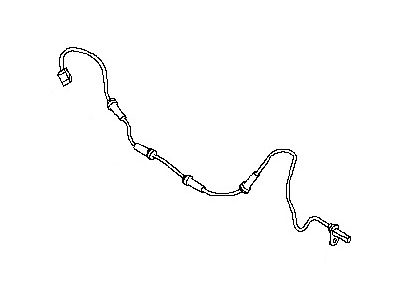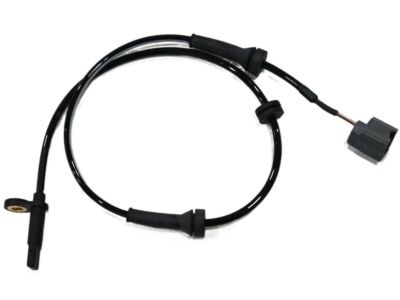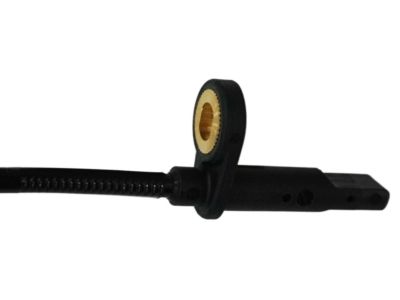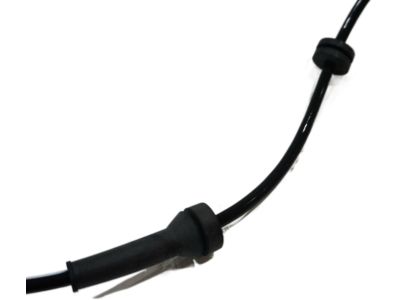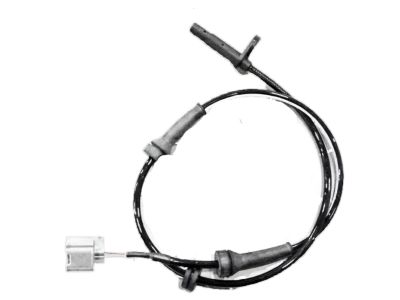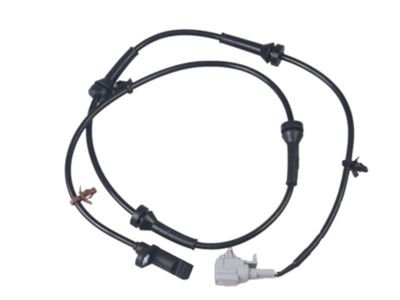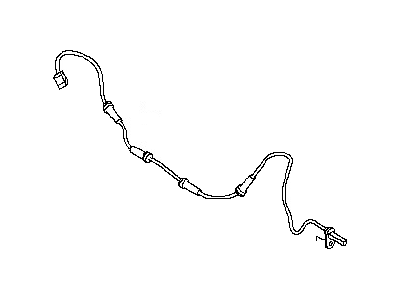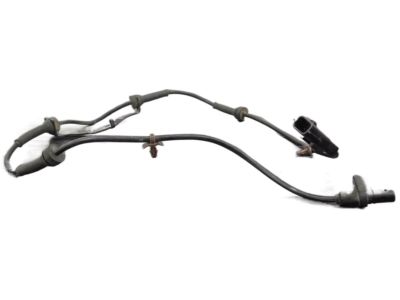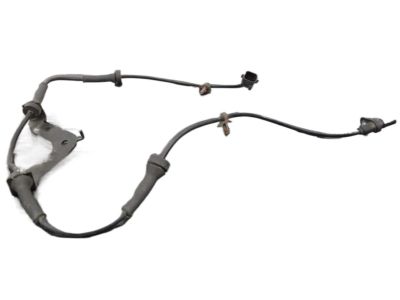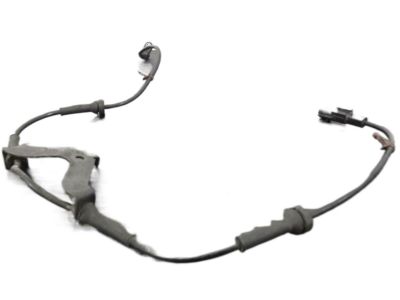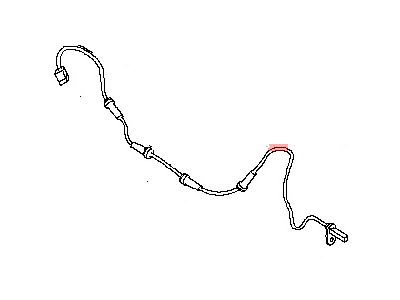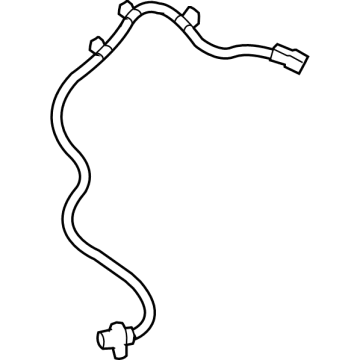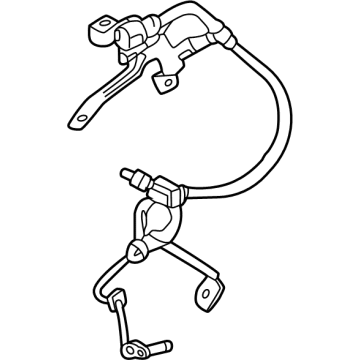×
- Hello
- Login or Register
- Quick Links
- Live Chat
- Track Order
- Parts Availability
- RMA
- Help Center
- Contact Us
- Shop for
- Nissan Parts
- Nissan Accessories

My Garage
My Account
Cart
Genuine Nissan Rogue ABS Sensor
ABS Wheel Speed Sensor- Select Vehicle by Model
- Select Vehicle by VIN
Select Vehicle by Model
orMake
Model
Year
Select Vehicle by VIN
For the most accurate results, select vehicle by your VIN (Vehicle Identification Number).
19 ABS Sensors found

Nissan Rogue Sensor Assembly-Anti SKID, Front
Part Number: 47910-4BA0A$182.14 MSRP: $269.68You Save: $87.54 (33%)Ships in 1-3 Business Days
Nissan Rogue Sensor Assembly Anti Ski, Rear
Part Number: 47900-4BF0A$242.75 MSRP: $359.43You Save: $116.68 (33%)Ships in 1-3 Business Days
Nissan Rogue Sensor Assy-Antiskid,Front
Part Number: 47910-4CE0A$182.56 MSRP: $270.32You Save: $87.76 (33%)Ships in 1-3 Business Days
Nissan Rogue Sensor Assembly-Anti SKID,Front
Part Number: 47910-JG000$181.01 MSRP: $268.02You Save: $87.01 (33%)Ships in 1-2 Business Days
Nissan Rogue Sensor Assembly Anti Ski, Rear
Part Number: 47900-1DC1A$200.64 MSRP: $297.08You Save: $96.44 (33%)Ships in 1-2 Business Days
Nissan Rogue Sensor Assembly Anti Ski, Rear
Part Number: 47900-4BA0A$231.04 MSRP: $342.10You Save: $111.06 (33%)Ships in 1-3 Business DaysNissan Rogue Sensor Assembly-Anti SKID, Front
Part Number: 47910-1DA1A$181.01 MSRP: $268.02You Save: $87.01 (33%)Ships in 1-2 Business DaysNissan Rogue Sensor Assy-Antiskid,Rear
Part Number: 47900-4CB2A$355.72 MSRP: $542.92You Save: $187.20 (35%)Ships in 1-3 Business DaysNissan Rogue Sensor Assy-Antiskid,Rear
Part Number: 47900-4CE4A$243.59 MSRP: $360.68You Save: $117.09 (33%)Ships in 1-3 Business DaysNissan Rogue Sensor Assy-Antiskid,Front
Part Number: 47910-6RA0A$212.88 MSRP: $315.20You Save: $102.32 (33%)Ships in 1-3 Business DaysNissan Rogue Sensor Assembly Anti Ski, Rear
Part Number: 47900-1DA1A$202.83 MSRP: $300.33You Save: $97.50 (33%)Ships in 1-3 Business DaysNissan Rogue Sensor Assy-Antiskid,Rear
Part Number: 47900-4CE2A$224.94 MSRP: $333.07You Save: $108.13 (33%)Ships in 1-3 Business DaysNissan Rogue Sensor Assy-Antiskid,Rear
Part Number: 47900-4CB4A$324.73 MSRP: $495.63You Save: $170.90 (35%)Ships in 1-3 Business DaysNissan Rogue Sensor Assy-Antiskid,Front
Part Number: 47910-4CB0A$199.09 MSRP: $294.80You Save: $95.71 (33%)Ships in 1-3 Business DaysNissan Rogue Harness Assembly-ANTISKID & Parking Brake, RH
Part Number: 479A6-6RA0A$155.68 MSRP: $219.88You Save: $64.20 (30%)Ships in 1-3 Business DaysNissan Rogue Sensor Assembly-Anti SKID,Rear
Part Number: 47900-JG200$200.64 MSRP: $297.08You Save: $96.44 (33%)Nissan Rogue Harness Assembly-ANTISKID & Parking Brake, LH
Part Number: 479A7-6RA0A$150.93 MSRP: $213.18You Save: $62.25 (30%)Ships in 1-3 Business DaysNissan Rogue Sensor Assy-Antiskid,Front
Part Number: 47910-6RR0A$215.47 MSRP: $319.03You Save: $103.56 (33%)Ships in 1-3 Business DaysNissan Rogue Sensor Assembly-Anti SKID,Rear
Part Number: 47900-JG000$202.83 MSRP: $300.33You Save: $97.50 (33%)
Nissan Rogue ABS Sensor
If you need any OEM Nissan Rogue ABS Sensor, feel free to choose them out of our huge selection of genuine Nissan Rogue ABS Sensor. All our parts are offered at unbeatable prices and are supported by the manufacturer's warranty. In addition, we offer quick shipping to have your parts delivered to your door step in a matter of days.
Nissan Rogue ABS Sensor Parts Questions & Experts Answers
- Q: What is the purpose and functionality of the ABS Control Module, ABS Sensor and Anti-lock Brake System on Nissan Rogue?A:ABS or Anti-lock Brake System is a mechanism tool that is responsible for the maintainability of vehicle steerability, directional stability, and optimum slowing down on severe braking and on various road surfaces without allowing each wheel fully lock; this is attained by monitoring the rotational speed of each wheel and controlling the brake pressure line. The actuator assembly is found at the right rear corner of the engine compartment While the electric hydraulic pump acts as the main supplier of hydraulic pressure to the brake system during the ABS operation, the solenoids valves for each wheel are used in cases were specific wheel pressure needs to be addressed. Sine wave current is produced from the wheel sensors when the rotors of the sensor turn and the ABS control units convert the analog signal into a digital form to assess the wheel's velocity. The major components of the ABS control unit-which is housed in the actuator-use signals from the wheel speed sensors to modulate hydraulic pressure for the wheel brakes to avoid further lock up while at the same time checking for system failure. At engine start up the ABS light comes on as a normal procedure but should turn off in about one second the self check is done when the vehicle reaches a speed of more than 4mph and at this time a sort of mechanical noise may be heard. If there is an error, the warning light on the dashboard stays on and a code that corresponds to the problem is saved in the control unit.
